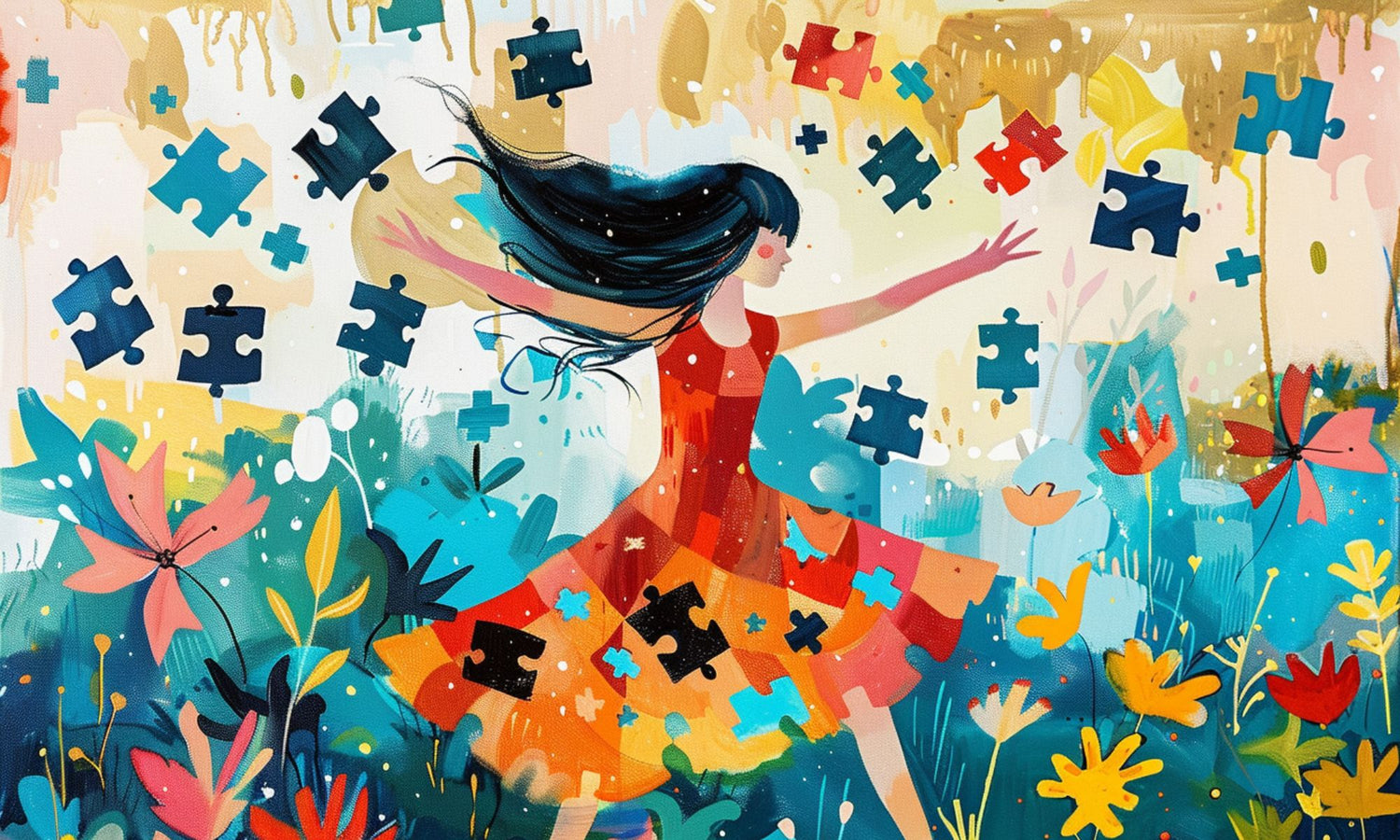Jigsaw puzzles have been a favourite pastime for generations, providing hours of entertainment and a challenge for both young and old. In this blog post, we'll take a look at the evolution of jigsaw puzzles and how they have changed over time.

Origins: Early Puzzles
The history of jigsaw puzzles can be traced back to the 1760s, when a British mapmaker named John Spilsbury created the first "dissected map" puzzle. The puzzle consisted of a map that was mounted on a sheet of wood and then cut into pieces. The idea was to reassemble the pieces to create the complete map. This educational tool quickly caught on and evolved into a popular pastime, with puzzles of various shapes and sizes being created.
Victorian Era: A New Form of Entertainment
During the Victorian era, jigsaw puzzles became a popular form of entertainment, with puzzles being produced in large numbers and sold in shops. The pieces were hand-cut using a fretsaw, making each puzzle unique. The puzzles became increasingly complex, with intricate designs and multiple colours. Some puzzles even had additional pieces that did not fit into the final image, adding an extra challenge to the puzzle.
20th Century: The Rise of Mass Production
The introduction of mechanisation in the early 20th century led to a boom in the popularity of jigsaw puzzles. Companies started mass-producing puzzles, making them more affordable and accessible to the public. Cardboard was now used instead of wood, and die-cutting replaced hand-cutting, allowing for more precise and intricate shapes.
One of the most popular puzzles of the 20th century was the Springbok Puzzle, which was invented by Anne Williams in the 1930s. These puzzles featured unique and unusual shapes, such as animal and object outlines, and often had up to 5,000 pieces. They became a favourite among serious puzzlers, with many collectors hunting down rare Springbok puzzles.
Modern Times: Advancements in Technology
Today, jigsaw puzzles have come a long way from their origins as educational tools. Advancements in technology have made it possible to produce puzzles with high-quality images and intricate designs. Computerised laser-cutting has revolutionised puzzle production, allowing for more complex shapes and designs.
There are now puzzles available to suit all ages and skill levels, from simple puzzles for children to complex puzzles for serious puzzlers. In recent years, there has been a surge in the popularity of "mindful" puzzles, which feature relaxing and meditative designs.
Conclusion: The Future of Jigsaw Puzzles
The popularity of jigsaw puzzles has endured for centuries, and it's not hard to see why. They provide a fun and challenging form of entertainment that can be enjoyed alone or with others. As technology continues to advance, it's likely that we will see even more complex and intricate jigsaw puzzles in the future.
In conclusion, the evolution of jigsaw puzzles has been a fascinating journey. From hand-cut wooden puzzles to mass-produced cardboard puzzles, and now laser-cut digital puzzles, they have evolved to become one of the most beloved and enduring forms of entertainment. So why not pick up a puzzle today and join in the fun!





